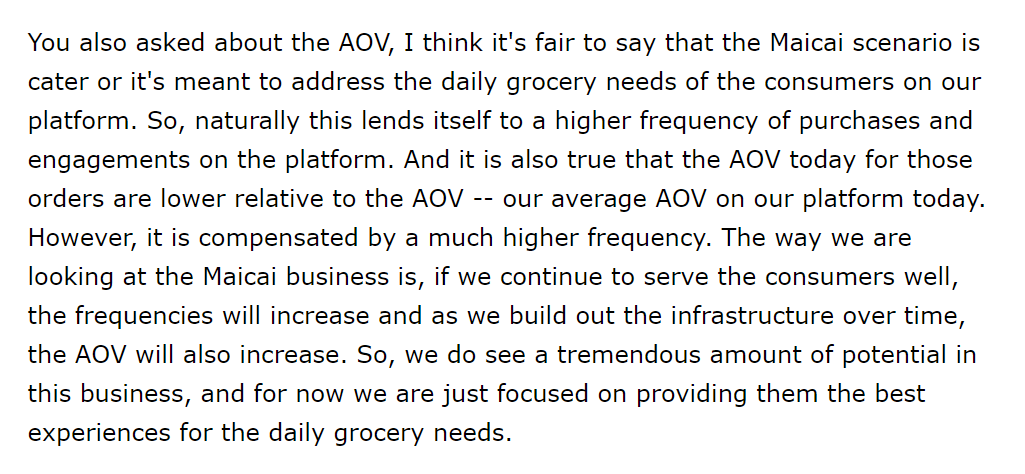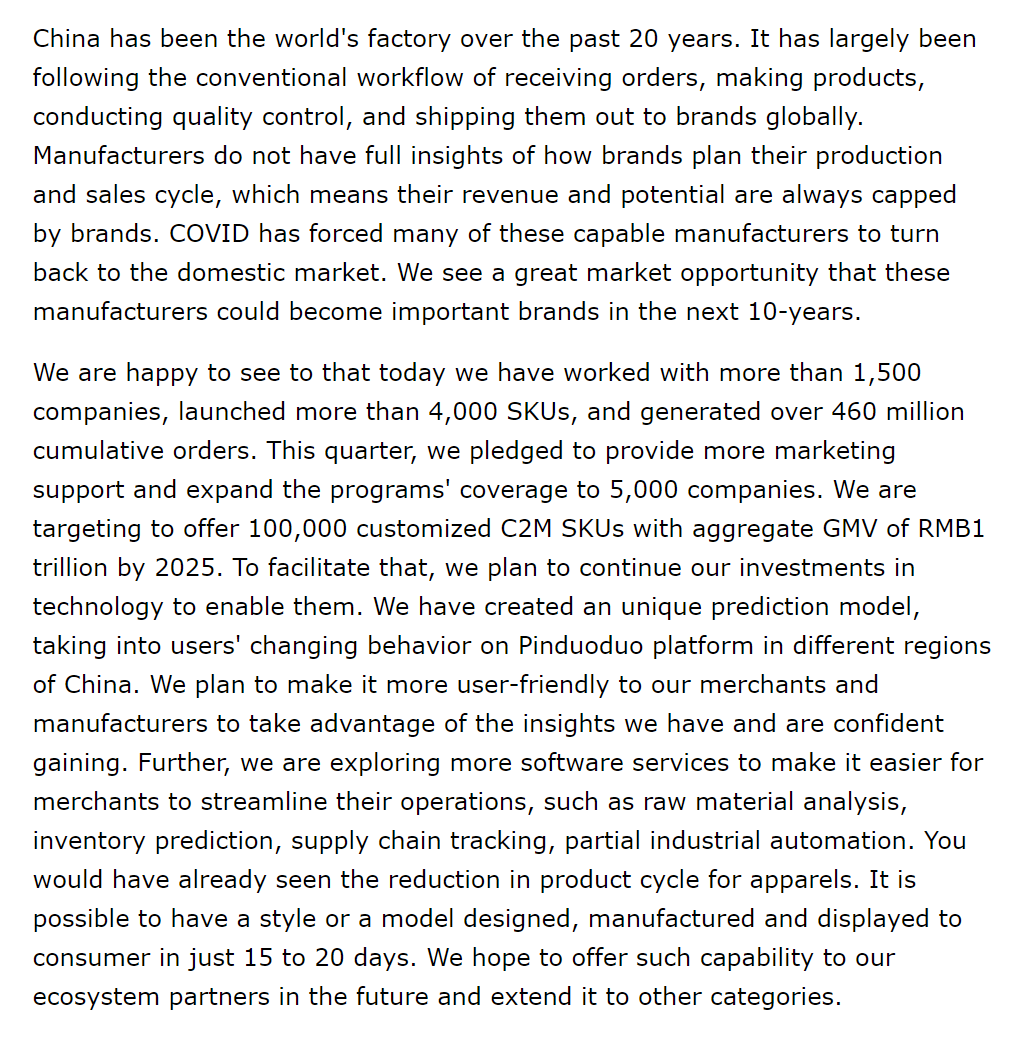
Quick update thread on the Stitch Fix thesis:
https://twitter.com/TurnerNovak/status/1297023704543698944
The tl;dr is Stitch Fix has permission from 3.9m consumers to auto ship them products. It’s ecom’s “recommended bar” but IRL and converts at 10-20%. They know what will sell before its even produced. Can monetize this from suppliers, with private label, + their Direct Buy app.
https://twitter.com/TurnerNovak/status/1365374533419606016
The market didn’t like Q4 earnings, which were impacted by lockdowns + freight issues over the holidays. SFIX also recognize revenue at checkout which (usually) happens after customers receive the order and decide what to keep / send back. Could be impact from Direct Buy ramping
New CEO @ElizSpaulding joined Stitch Fix as President 16 months ago. @kmlake has consistently mentioned exec transition in podcasts, press, and earnings calls. Spaulding specifically led Direct Buy initiatives, which unlocks the next step function in Stitch Fix’s business model. 

Stitch Fix continues transitioning it’s model, opening international markets, laddering from women’s into men’s (I just bought everything in my 2nd box) and kids clothing, + the Direct Buy app sets up expansion into footwear, jewelry, furniture, décor, beauty, resale, luxury, etc
https://twitter.com/TurnerNovak/status/1357878722808971264
As wardrobes reset after a year of WFH, many consumers body compositions have changed (more fit, less fit, etc), those that struggle with the clothing shopping process will be truly overwhelmed and more willing to try the product going forward.
Stitch Fix is arguably the largest vertically integrated player in apparel considering its private label lines (one literally called Algo), boxes shipped directly to consumers homes, and its mobile app collecting nuanced yes/no taste preferences. No other retailer has all of this
The recent price dip represents a good entry point (I just shifted another 2.5% of my portfolio in) for anyone looking for a long-term buy and hold. 

“I have never worked with a company where at year 10, I see WAY MORE opportunity than ever before.”
👀 👀 $SFIX
👀 👀 $SFIX
https://twitter.com/bgurley/status/1382095550363799557
• • •
Missing some Tweet in this thread? You can try to
force a refresh








